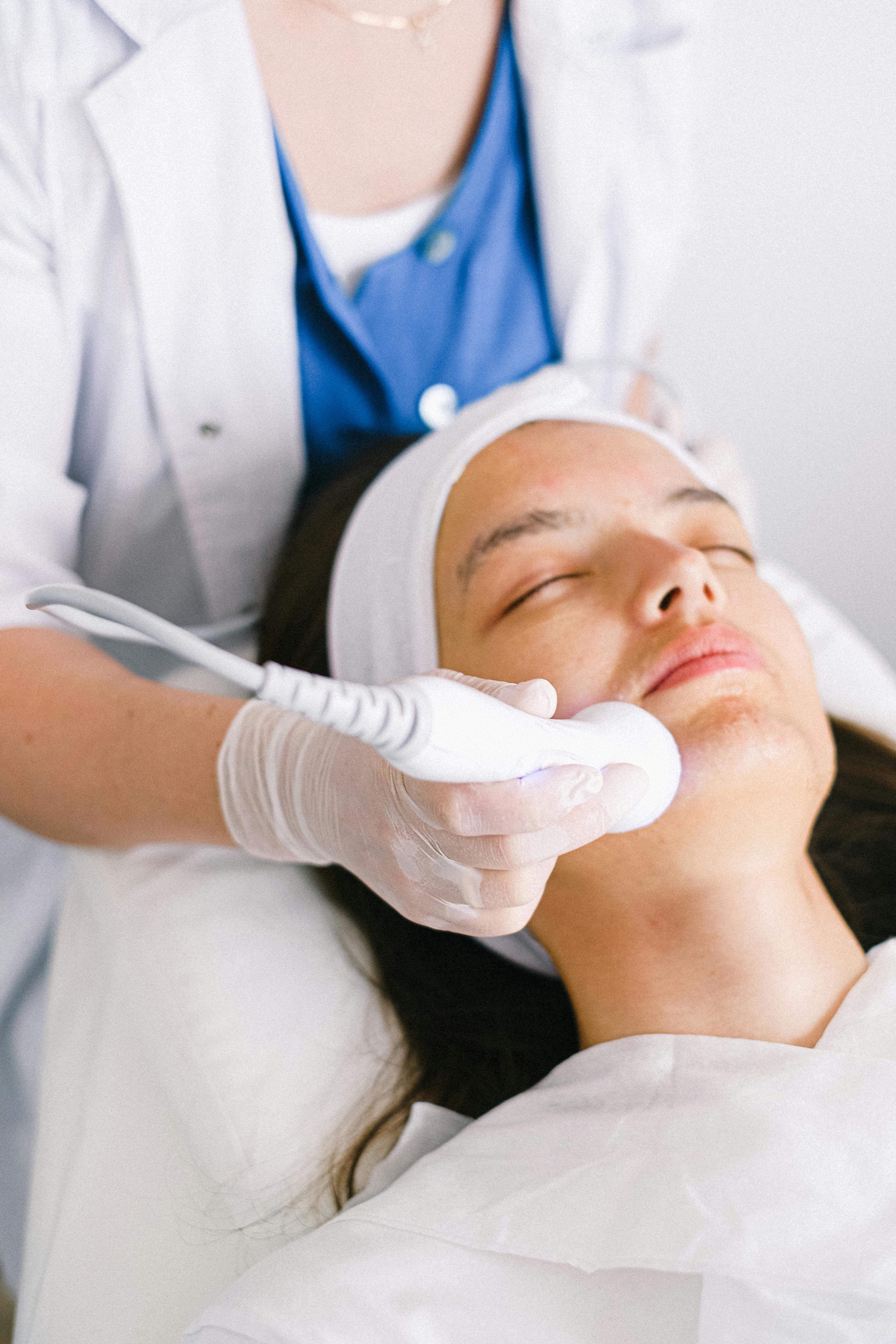Combating Eye Bags: A Comprehensive Guide to Rejuvenation
Eye bags, those pesky pouches of skin beneath our eyes, have long been a source of frustration for many. These unwelcome facial features can make us appear tired, older, and less vibrant than we truly feel. While genetics play a significant role in their development, factors such as age, lifestyle choices, and environmental stressors can exacerbate their appearance. As our understanding of skincare evolves, so too do the methods we employ to address this common concern. From cutting-edge cosmetic procedures to time-honored home remedies, the battle against eye bags has become a multifaceted endeavor. This article delves into the causes, prevention, and treatment options available to those seeking to reclaim a more youthful and refreshed appearance.

The anatomical structure of the eye area plays a crucial role in the formation of eye bags. The orbicularis oculi muscle, which encircles the eye, loses tone over time, allowing fat to protrude forward. Meanwhile, the septum, a thin membrane that holds back fatty tissue, weakens and stretches, leading to the characteristic bulging associated with eye bags.
Lifestyle Factors and Their Impact
While genetics and aging are primary contributors to eye bags, several lifestyle factors can significantly influence their severity. Sleep deprivation is perhaps the most well-known culprit, as it can lead to fluid accumulation and dark circles that accentuate the appearance of eye bags. Excessive alcohol consumption and smoking can also exacerbate the problem by dehydrating the skin and breaking down collagen, respectively.
Diet plays a crucial role in the health of our skin, including the delicate area around our eyes. A high-sodium diet can lead to water retention, causing the eyes to appear puffy and swollen. Conversely, a diet rich in antioxidants, vitamins, and hydrating foods can help maintain skin elasticity and reduce the appearance of eye bags.
Prolonged exposure to sunlight and environmental pollutants can accelerate the breakdown of collagen and elastin in the skin, leading to premature aging and more pronounced eye bags. Protecting the delicate eye area with sunscreen and sunglasses is essential for maintaining a youthful appearance.
Non-Invasive Treatment Options
For those seeking to address eye bags without resorting to surgical intervention, a variety of non-invasive treatments have gained popularity in recent years. Topical creams and serums containing ingredients such as caffeine, vitamin K, and retinol can help tighten the skin and reduce puffiness. These products work by stimulating circulation, promoting collagen production, and reducing fluid retention.
Cold therapy, in the form of chilled tea bags, cucumber slices, or specialized eye masks, can provide temporary relief by constricting blood vessels and reducing inflammation. This age-old remedy remains a popular at-home treatment for its simplicity and effectiveness.
Advanced skincare technologies have also entered the fray, with devices like radiofrequency and ultrasound machines promising to tighten and lift the skin around the eyes. These treatments work by delivering targeted energy to the deeper layers of the skin, stimulating collagen production and improving overall skin tone and texture.
Cosmetic Procedures for Eye Bag Reduction
For those seeking more dramatic and long-lasting results, cosmetic procedures offer a range of options. Dermal fillers, such as hyaluronic acid injections, can be used to smooth out the transition between the lower eyelid and cheek, effectively camouflaging eye bags. This non-surgical approach provides immediate results with minimal downtime, making it an increasingly popular choice among patients.
Chemical peels and laser resurfacing treatments can improve the texture and tone of the skin around the eyes, reducing the appearance of fine lines and wrinkles that often accompany eye bags. These procedures work by removing the outermost layer of skin, stimulating collagen production, and promoting cell turnover.
For more severe cases, blepharoplasty, or eyelid surgery, remains the gold standard for eye bag removal. This surgical procedure involves removing or repositioning excess fat and skin from the lower eyelids, resulting in a smoother, more youthful appearance. While more invasive than other options, blepharoplasty offers the most dramatic and long-lasting results.
The Role of Skincare in Prevention
Preventative measures play a crucial role in managing eye bags, and a comprehensive skincare routine tailored to the delicate eye area is essential. Gentle cleansing and regular moisturizing help maintain skin elasticity and prevent premature aging. Eye creams formulated with ingredients like peptides, hyaluronic acid, and niacinamide can provide targeted nourishment and support to the skin around the eyes.
Sun protection is paramount in preventing eye bags and other signs of aging. A broad-spectrum sunscreen with an SPF of at least 30 should be applied daily to the eye area, extending up to the brow bone and down to the top of the cheekbones. Specialized eye-area sunscreens are available for those with sensitive skin or who are prone to eye irritation.
Incorporating facial exercises and massage techniques into one’s daily routine can help improve circulation and lymphatic drainage in the eye area. These practices may help reduce puffiness and promote a more toned appearance over time.
The Psychological Impact of Eye Bags
The impact of eye bags extends beyond mere aesthetics, often affecting an individual’s self-esteem and social interactions. Studies have shown that people with pronounced eye bags are often perceived as tired, stressed, or older than their actual age. This perception can have real-world consequences, influencing everything from personal relationships to professional opportunities.
The psychological burden of eye bags has led to a growing interest in addressing this concern, fueling the development of new treatments and products. As society places an increasing emphasis on youthful appearance, the pressure to maintain a refreshed and vibrant look has intensified, particularly in industries where appearance plays a significant role.
Future Trends in Eye Bag Treatment
As our understanding of the aging process and skin biology continues to evolve, so too do the approaches to treating eye bags. Emerging technologies, such as stem cell therapy and gene-targeted treatments, hold promise for more effective and longer-lasting solutions. These cutting-edge approaches aim to address the root causes of eye bags at a cellular level, potentially offering more comprehensive results than current treatments.
Additionally, the growing interest in personalized medicine is likely to impact the field of aesthetic dermatology. Tailored treatment plans based on an individual’s genetic makeup, lifestyle factors, and specific skin concerns may become the norm, allowing for more targeted and effective interventions.
In conclusion, the battle against eye bags is multifaceted, involving a combination of preventative measures, lifestyle adjustments, and targeted treatments. As our understanding of this common concern deepens, and new technologies emerge, individuals have an ever-expanding array of options to achieve a more refreshed and youthful appearance. Whether through simple at-home remedies or advanced cosmetic procedures, the pursuit of bright, bag-free eyes continues to be a priority for many, reflecting our enduring desire to put our best face forward.



